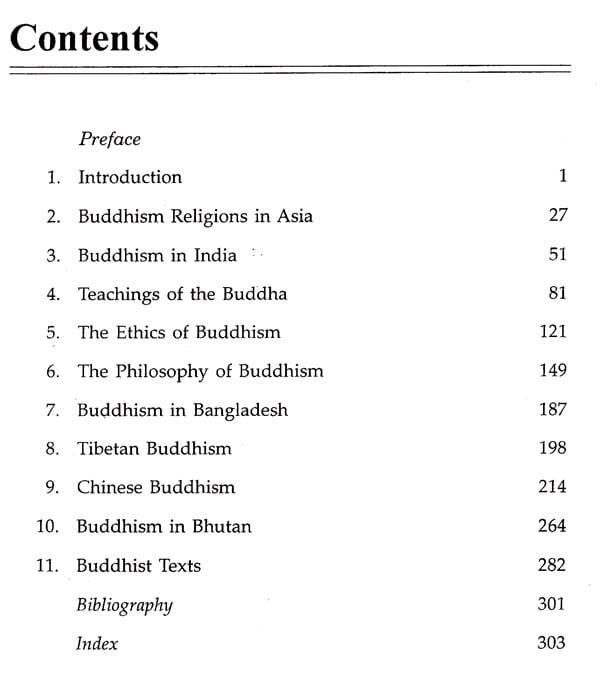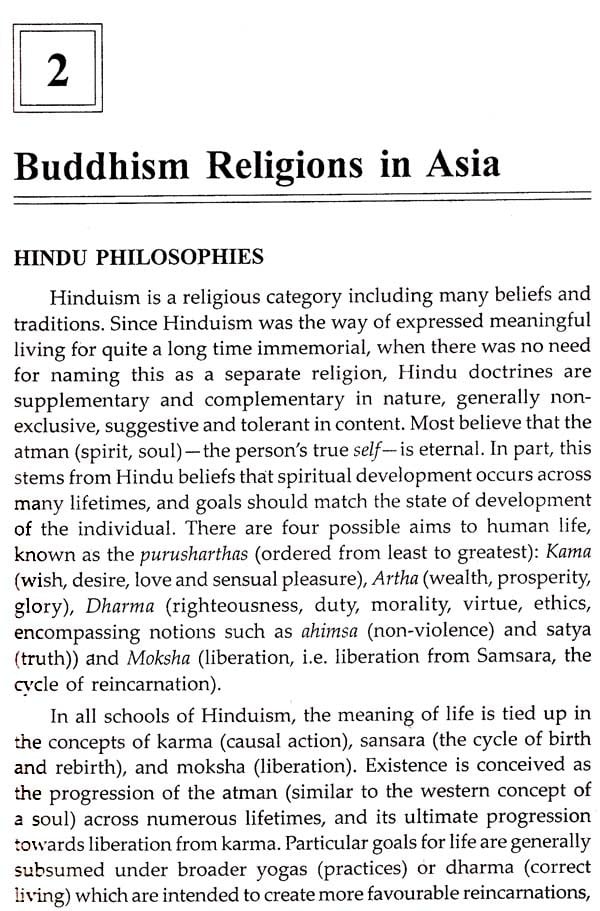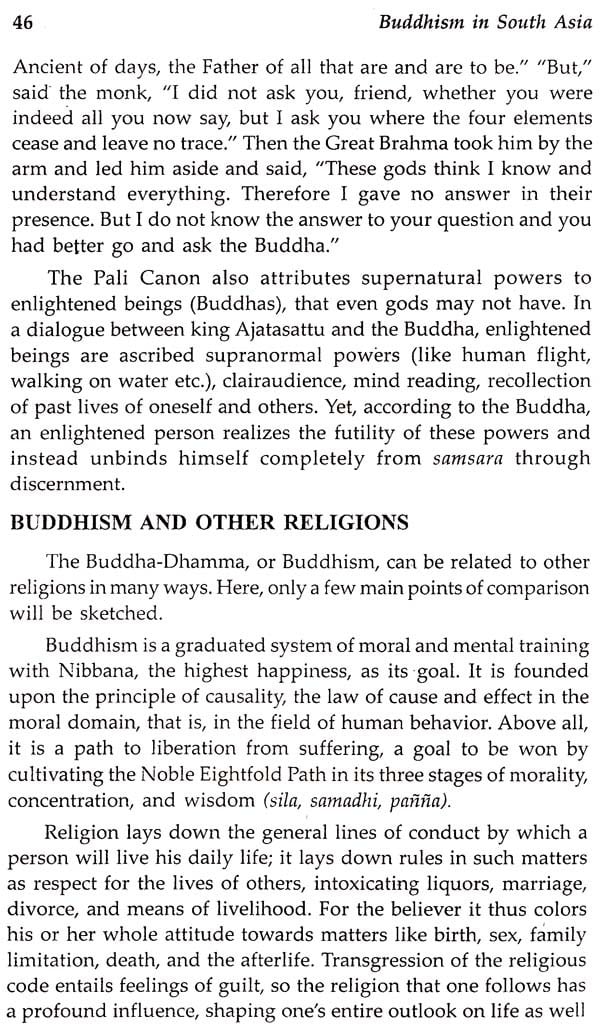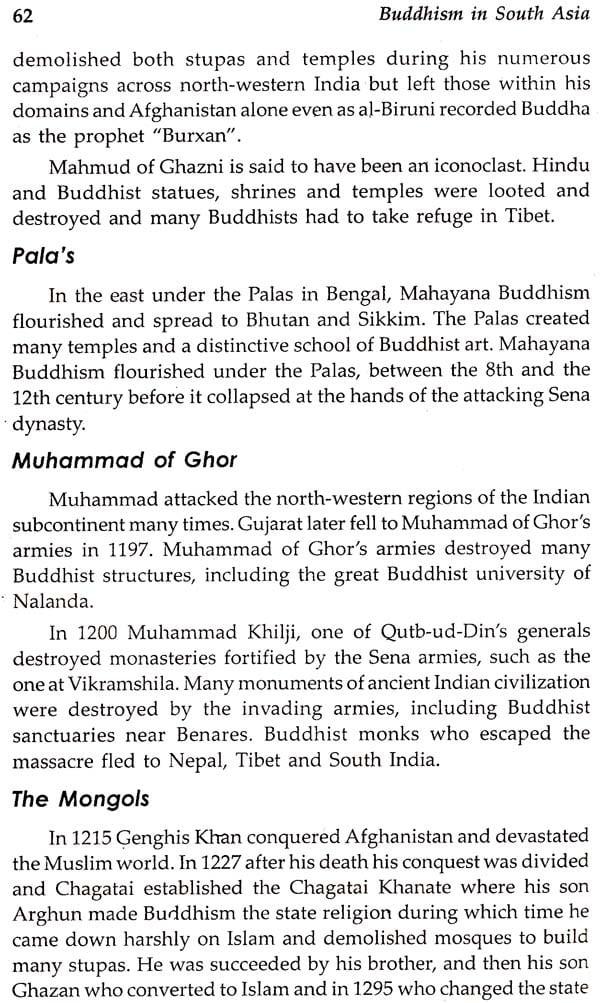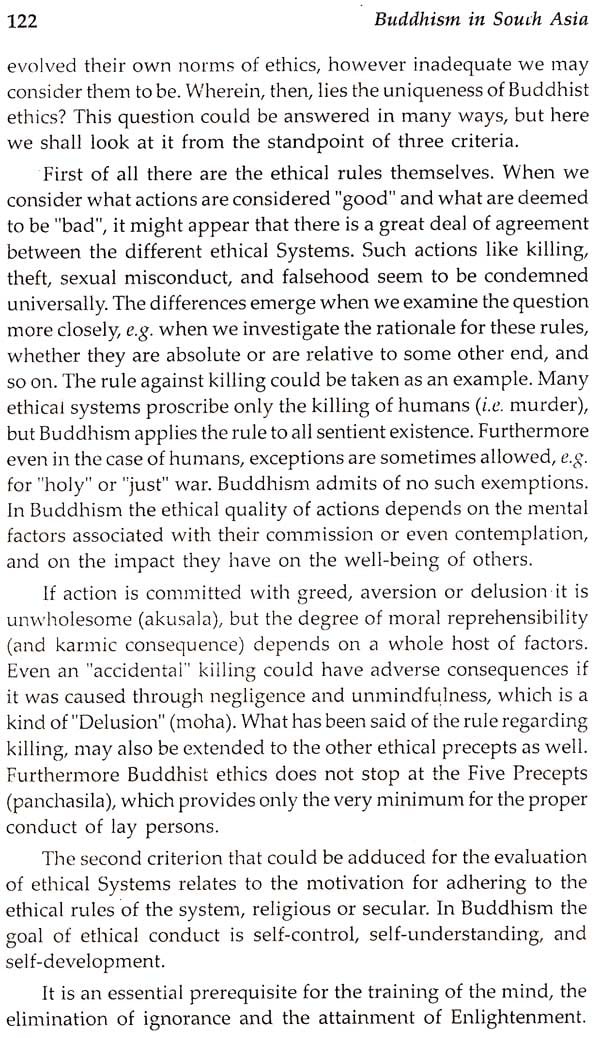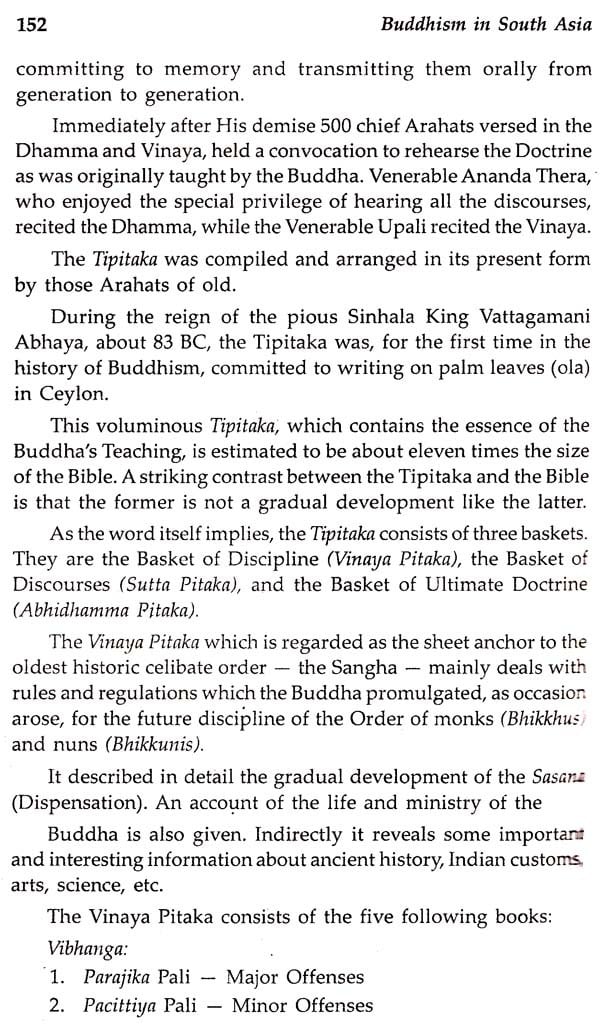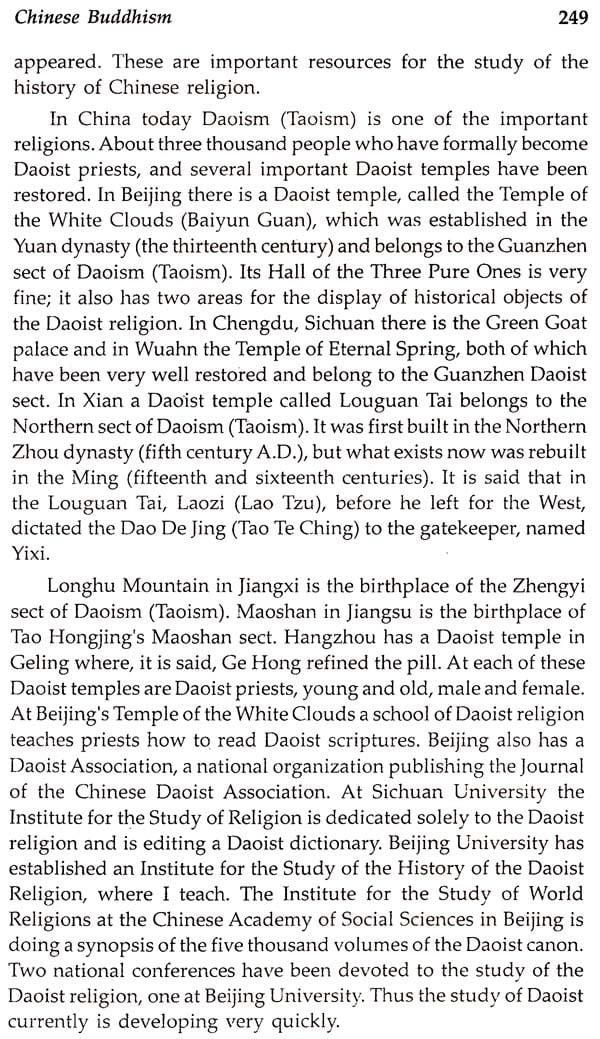
Buddhism in South Asia
Book Specification
| Item Code: | UAR296 |
| Author: | Shiv Charan Pipal |
| Publisher: | Prashant Publishing House, Delhi |
| Language: | English |
| Edition: | 2015 |
| ISBN: | 9789380565552 |
| Pages: | 310 |
| Cover: | HARDCOVER |
| Other Details | 9.00 X 6.00 inch |
| Weight | 520 gm |
Book Description
The only two majority-Buddhist nations in South Asia are Sri Lanka and Bhutan. Buddhists are also found in Nepal, India (especially in Ladakh and Sikkim) and Bangladesh in small minorities. Although Buddhism never developed a missionary movement, Buddha's teachings nevertheless spread far and wide on the Indian subcontinent and from there throughout Asia. In each new culture it reached, the Buddhist methods and styles were modified to fit the local mentality, without compromising the essential points of wisdom and compassion. Buddhism, however, never developed an overall hierarchy of religious authority with a supreme head. Each country to which it spread developed its own forms, its own religious structure and its own spiritual head. The most well-known and internationally respected of these authorities at present is His Holiness the Dalai Lama of Tibet. This book contains the fundamental and basic information of subject and the selection of contents makes it an appropriate book for the students.
Dr. Shiv Charan Pipal (M.A. Gold Medalist, Buddhist Studies and Ph.D. is B.A., M.A.( Buddhist studies) LL.B. from Delhi University. He has done Ph.D., M.Phil., on Ambedkar and Philosophy of Dalit Awareness. Dr. Pipal has Made intensive study on Dr. B.R. Ambedkar and written numerous articles to enumerate on same subject. He has done a lot for Detail's cause and still involved. He has attended a number of conferences and even has been pioneer in organizing the seminars and conferences.
The History of Buddhism spans from the 6th century BCE to the present, starting with the birth of the Buddha Siddhartha Gautama. This makes it one of the oldest religions practiced today. Throughout this period, the religion evolved as it encountered various countries and cultures, adding to its original Indian foundation Hellenistic as well as Central Asian, East Asian, and Southeast Asian cultural elements. In the process, its geographical extent became considerable so as to affect at one time or another most of the Asian continent. The history of Buddhism is also characterized by the development of numerous movements and schisms, foremost among them the Theravada, Mahayana and Vajrayana traditions, punctuated by contrasting periods of expansion and retreat.
In the early centuries of the Common Era, the people in various parts of Southeast Asia came to know of Buddhism as a result of increased contact with the Indian merchants who had come to the region to trade. These merchants not only established trading stations in Southeast Asia, but also brought their religions and cultures with them. Under their influence, the local people began to practise a mixture of Buddhism and Hinduism, while retaining at the same time many of their old beliefs and customs.
This book contains the fundamental and basic information of subject and the selection of contents makes it an appropriate book for the students.
**Contents and Sample Pages**

